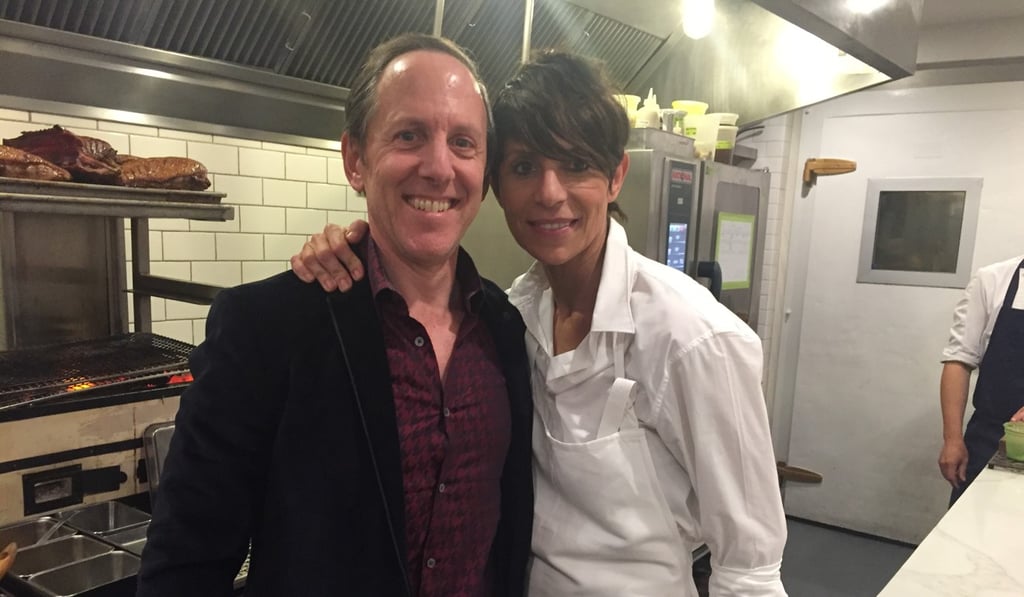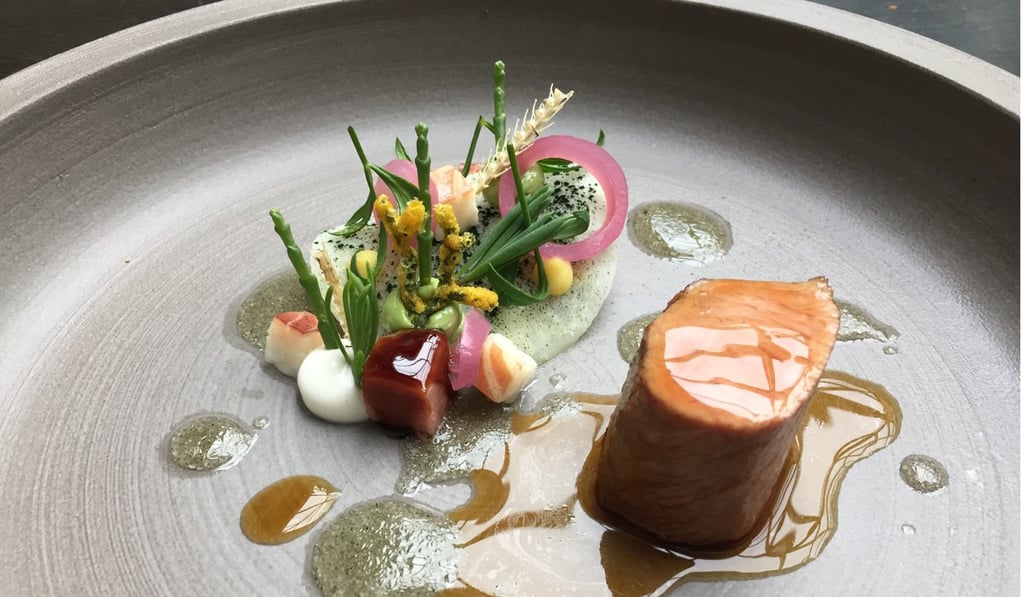99 down for American Paul Grinberg out to eat at world’s 100 best restaurants in a year – and he’s only got a month left to snag his final reservation
Californian executive flew 12 hours just to dine at a Hong Kong restaurant, squeezed in two dinners in one night, and seven Michelin-star meals in a weekend – but will he complete his 12-month quest? Ask chef Saito in Tokyo

When it comes to setting yourself extreme goals in life, the inner adventurer in you might have your sights set on climbing Everest or running an ultra marathon. For those who don’t want to break sweat, how about setting yourself a culinary challenge of epic proportions (or should that be portions)?
London’s Clare Smyth named World’s 50 Best Restaurants top female chef
American foodie Paul Grinberg has done just that. Over the past year he has been living the culinary dream, as he wines and dines his way through the World’s 50 Best Restaurants list – and it’s extended 51 to 100 list. But it has been no easy task – nor a cheap one – with the 2017 list spanning 30 countries across six continents.

The Californian financial executive, who leads his company’s overseas operations, spends more than two-thirds of the year abroad, meaning he gets to visit far-flung cities with superb dining options on a regular basis.
So far he has been able to knock off 99 restaurants from his list – but he’s running out of time to get a reservation at the last one on the list – one of Japan’s most exclusive sushi restaurants.
The 56-year-old’s love of fine dining has seen him go to some extreme lengths over the past year. He once flew 12 hours from Johannesburg just to dine at Hong Kong’s 8 ½ Otto e Mezzo Bombana (No. 60). He also knocked off two restaurants in one night in Adelaide during a brief stopover in the southern Australian city. Over the course of one long weekend in Germany, he ate at seven Michelin-rated restaurants with a combined 20 stars. Tough life!
